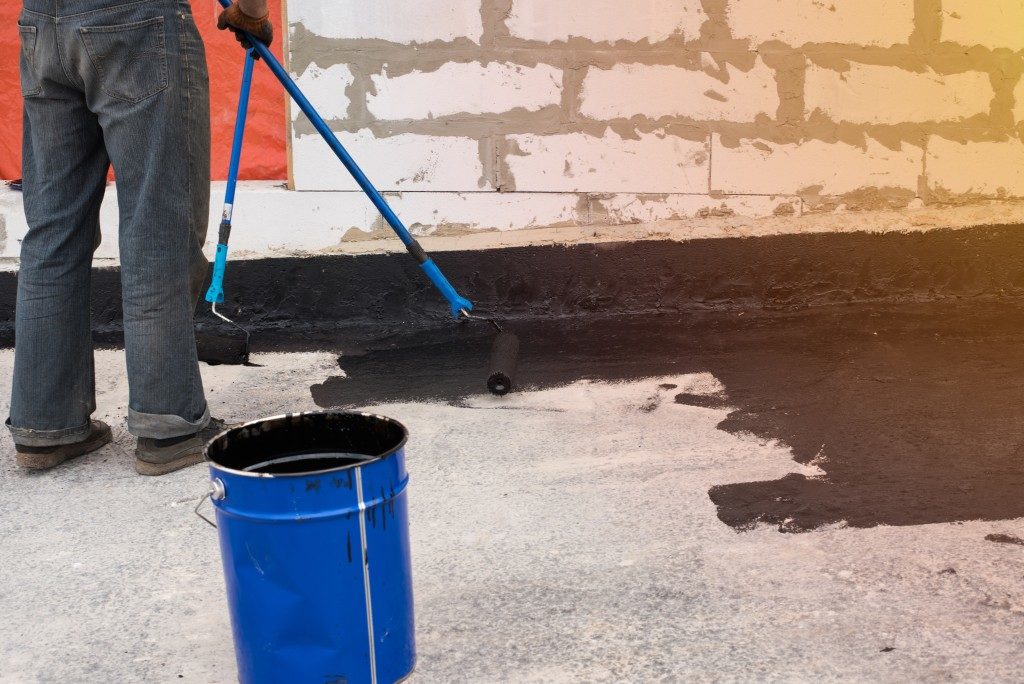You can always repair your home in case of damp and water damage. However, such damage can be extensive, which can mean extensive repairs. The damage can also compromise the structural integrity of your house. Fortunately, there is the option of waterproofing your home to prevent such damage. How can you waterproof your home?
Maintain the Foundation
Regardless of the quality of the materials used to construct your foundation, never assume that it is rock-solid. It is also important not to assume that your foundation is damp and waterproof simply because it is built to code. If your home is aged, for instance, chances are that cracks have developed. In the case of concrete, water is likely to go through because the material is porous. Be careful to keep out both moisture and underground water.
Waterproof the Walls
External walls can let in water and moisture. Waterproofing the walls helps keep the moisture out. Understand that this will yield results only if you address the source of the problem. If your bricks have cracks, you should replace them before applying any sealant. Be careful to invest in the right type of waterproofing product. The commonest types of waterproofing products include cementious waterproofing membranes, waterproofing paint, liquid waterproofing membranes, and concrete sealers. If you have painted walls, choose a product that will adhere to such walls permanently.
Take Care of the Gutters
Your gutters and drains should work at optimal efficiency in the rainy season and in winter. If there are obstructions, gutters are likely to break. Obstructions also cause water to flow over the edges of gutters. This can mean pools of stagnant water that are likely to get through the walls. Overflowing gutters will also expose your roof’s wood and fascia boards to moisture. This can cause rotting, mold, and leaks. If you have metal gutters, check for signs of corrosion.

Waterproof the Roof
The roof is among the primary things that keep water and moisture out. While a properly installed roof can last for decades, you have to carry out maintenance tasks regularly. If you have a roof shingle, ensure that it does not have cracks. Make sure that the plumbing vent, chimney, and skylight seals remain intact throughout. Eradicating ice dams as soon as they form ensures that water does not back up behind the dams and leaks into your home.
Seal the Doors and Windows
Improperly installed windows and doors can let in moisture. Different window and door materials also perform differently as they age. Wood, for instance, rots with time, especially when exposed to harsh weather. If you have rotten exterior wooden frames, moisture will easily find its way into your home. Replacing faulty doors and windows and sealing them where necessary is important.
Unless you are an expert, it is advisable that you do not attempt to waterproof your home on your own. Hiring experts would be a wise idea. Their expertise means that they will identify the cause of your problem and address it fully. They will also carry out water-tightness tests to evaluate the efficiency of their work.

